Documenting Federation
About this module
The resource engages students with a rich selection of historical sources and challenges them to draw their own conclusions about the development of Australia as a nation. It focuses on Australian sentiment leading up to Federation, the process of creating Australia’s constitution, and 2 notable experiences of democracy and citizenship. The resource also highlights the contributions of individuals to the arts and sport, as the nation developed as a society.
Copyright for teachers
You can download all collection materials in this resource for education purposes. For more information, go to copyright for teachers.
Topics in this module
This module covers 7 key topics.
Each topic includes an introduction to key concepts, links to key resources in our collection and a series of learning activities that cater for a variety of classroom contexts and learning styles.
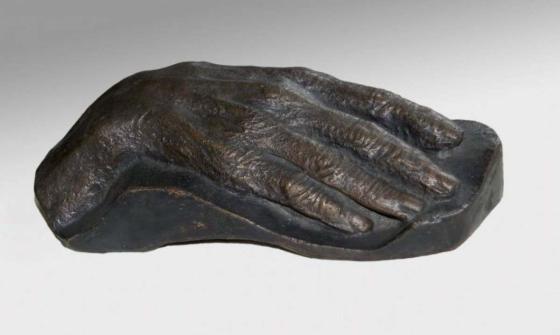
Nelson Illingworth, Cast of Henry Lawson's hand, ca. 1922 [realia], nla.gov.au/nla.obj-139632985
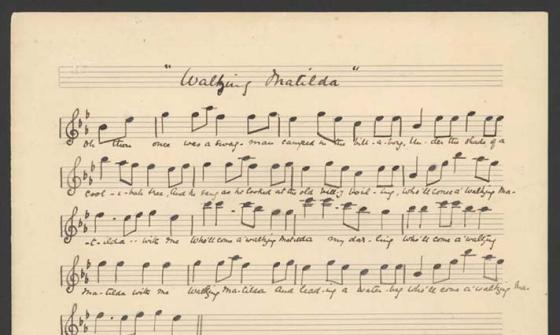
From Macpherson, Christina Rutherford. & McCall McCowan, Joan, Papers relating to the song "Waltzing Matilda", nla.gov.au/nla.obj-224075208 nla.gov.au/nla.obj-224076484
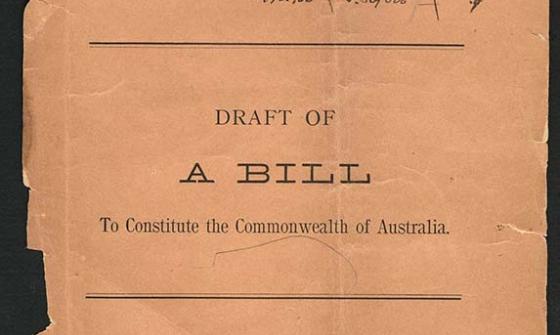
Sir Edmund Barton, Papers of Sir Edmund Barton, 1827-1940, nla.gov.au/nla.obj-225140407
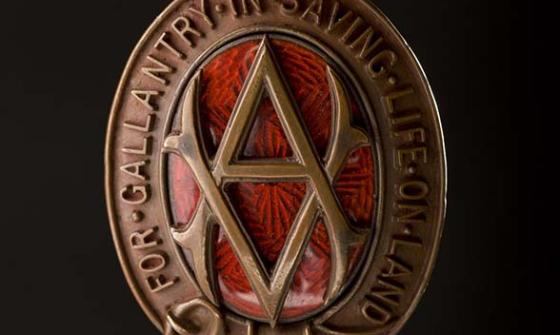
Albert Medal presented to Aya-I-Ga, also known as Neighbour, for gallantry, 1911 [realia], 1912, nla.gov.au/nla.obj-139608611

Bryan Keon-Cohen, Greg McIntyre, Queensland Supreme Court and Australia High Court, Papers of Bryan Keon-Cohen [manuscript] : the Mabo case, 1981-2000, 1981, nla.gov.au/nla.obj-224077217
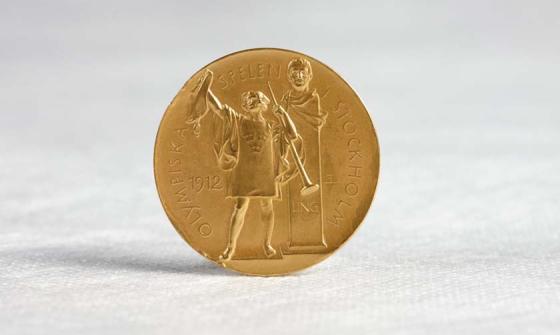
Olympic gold medal won by Miss Fanny Durack at Stockholm, 1912, nla.gov.au/nla.obj-139311257
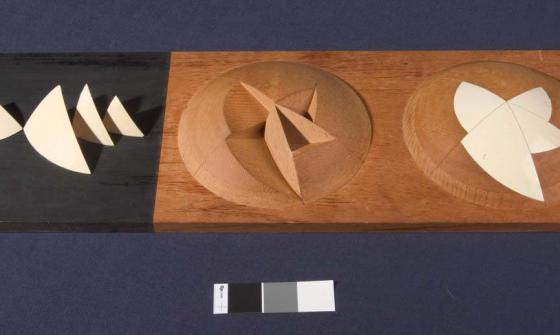
Jørn Utzon, [Architects model for the geometry of the Sydney Opera House shells] [realia], nla.gov.au/nla.obj-139591596
Introductory activities
These activities help students understand the historical context for Federation by immersing them in the inter-colonial disunity of the late 1800s.
Activity 1: What could Federation mean for Australia?
Tell students they will take part in a game that explores what life was like before Federation. Begin by introducing key factors that led to the uniting of the colonies.
The game works best with 26 students. If you have fewer, reduce the number of cities represented. With more students, consider adding Hobart or combining roles (for example, customs officer and tax collector).
Roles
Assign roles to students and identify each with coloured scarves, hats or labelled signs. Suggested colours:
- Train drivers – blue
- Customs officers – red
- Tax collectors – green
- Defence force members – black
Roles required
- 5 train drivers
- 3 (or more) passengers (e.g. farmers or manufacturers)
- 4 tax collectors
- 4 customs officers
- 5 defence force members
- 2 bushrangers
- 1 representative from France
- 1 representative from Germany
- 1 representative from an Asian country
Props
- One ‘box’ of goods per passenger (wool, wheat, or cloth)
- Fake money
Game setup
Create 5 city teams:
- Brisbane (train driver, defence force member only)
- Sydney, Melbourne, Adelaide, Perth (each with a train driver, customs officer, tax collector and defence force member)
Arrange the city teams in a geographically accurate layout. Mark each with a sign or icon.
Passengers (from Brisbane) form a train and attempt to transport goods to Perth, changing trains and navigating taxes and inspections at each city. Passengers leave and rejoin the train at each station, paying taxes and submitting to customs checks. Bushrangers can rob the train at any stop. Foreign representatives may attempt invasions, which are repelled by the local defence force.
Repeat the game, sending goods from Perth to Sydney and beyond. Students can rotate roles. Afterwards, discuss what slowed down or complicated their journey.
Round 2: Federation in action
Play the game again, this time with:
- One national train and driver
- No tax collectors or customs officers
- A unified defence force made up of the former city-based members
- Police officers (former tax collectors) protecting the train from bushrangers
Discuss the differences between the two rounds. What changed? What felt easier or more efficient? List student observations and reflect on the motivations for Federation, including:
- A united defence force
- Standardised railways
- Removal of trade barriers between colonies
Concluding activities
These activities encourage students to personalise their learning about Federation and the contribution to society of key Australian identities.
Activity 2: Create a country
Ask students to imagine and design their own country. They should:
- Name their country and define its government structure
- Map out major features and infrastructure
- Describe cultural aspects, values and community life
- Identify notable figures in the country’s history, arts, sport or leadership
Activity 3: A life well lived
Introduce students to the Australian Dictionary of Biography and explore the lives of key figures like Sir Edmund Barton, Sarah (Fanny) Durack or Henry Lawson. Then, ask students to:
- Write their own biography in third person
- Imagine their life up to age 85
- Include key achievements, challenges, travels and contributions to Australian society
Curriculum links
This resource is aligned with the Australian Curriculum: Humanities and Social Sciences for Year 6 students.
- Significant individuals, events and ideas that led to Australia’s Federation, the Constitution and democratic system of government (AC9HS6K01)
- Changes in Australia's political system and to Australian citizenship after Federation and throughout the 20th century that impacted First Nations Australians, migrants, women and children (AC9HS6K02)
- The motivation of people migrating to Australia since Federation and throughout the 20th century, their stories and effects on Australian society, including migrants from the Asia region (AC9HS6K03)
- The roles and responsibilities of the 3 levels of government in Australia (AC9HS6K07)



